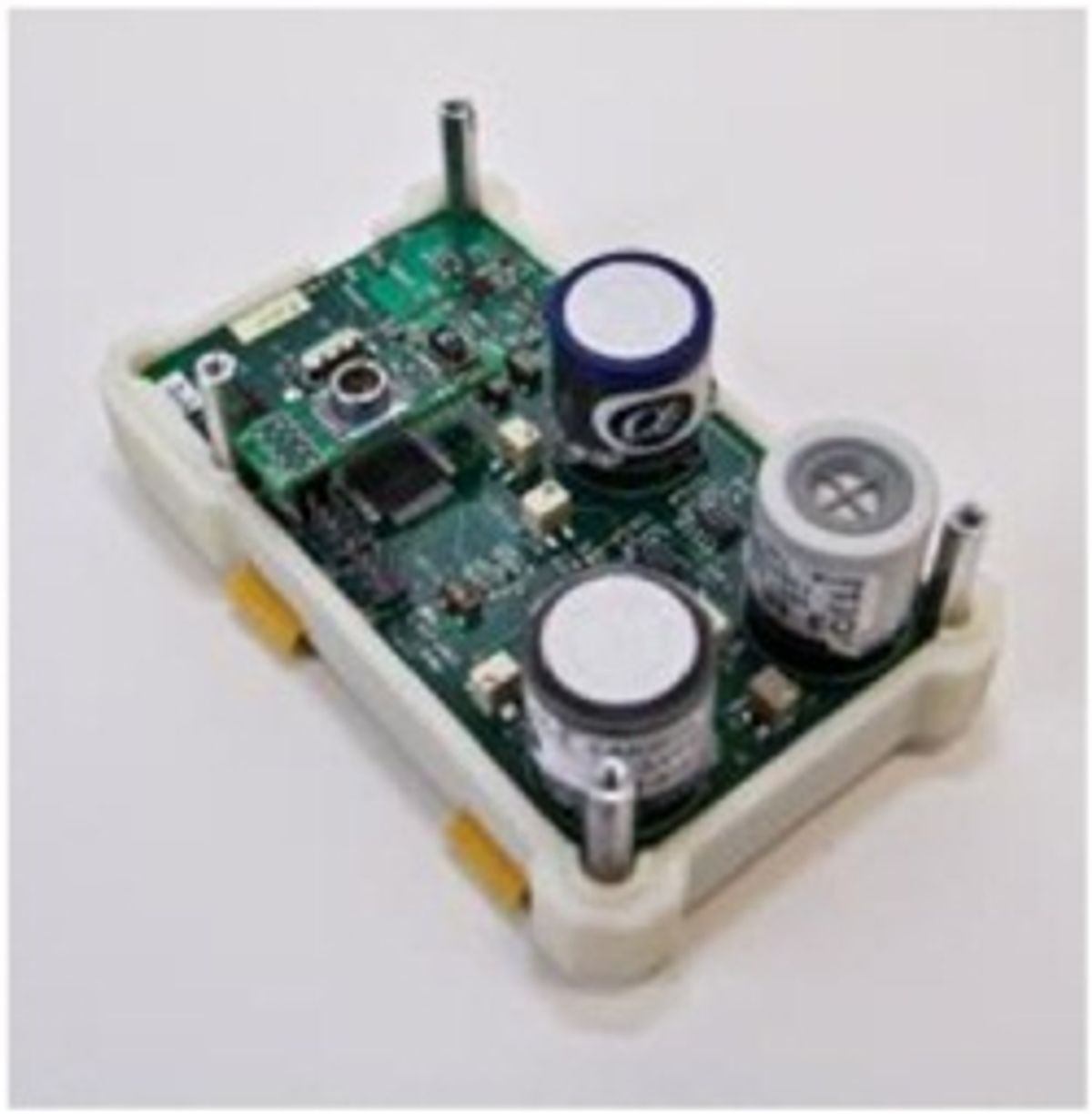For in much wisdom is much grief: and he that increaseth knowledge increaseth sorrow. (Ecclesiastes 1:18)
Okay, that may be taking it a bit far. But it is undeniably true that expanding knowledge often uncovers the bad along with the good.
Case in point: the San Diego-based developers of mobile, Web-linked environmental sensors found in a pilot study that “The people who are doing the most to reduce emissions, by biking or taking the bus, were the people who experienced the highest levels of exposure to pollutants.”
But the study also found that knowledge is power: once the personal-air-quality device users could “see” the pollution hotspots lurking in their daily lives, they took steps to reduce their exposure—by shifting cycling routes to side-streets, standing away from bus exhausts at bus-stops, and, in one instance, persuading the boss to install air filters in the office ventilation system.
CitiSense is a project of a University of California at San Diego Jacobs School of Engineering team led by professor William Griswold. They’ve created a mobile environmental detector, basically a plastic box of sensors and telemetry about the size of two decks of cards. The package includes three electrochemical gas sensors (which use less power than the semiconductor metal oxide alternatives) that detect the common pollutants nitrogen dioxide (NO2), carbon monoxide (CO) and ozone (O3) along with temperature, humidity, and barometric pressure. The sensor pack links to the user’s cell phone via Bluetooth, and uses the phone to track the user’s location via cell-tower triangulation and GPS. The prototypes cost around a thousand dollars to produce, but that should come down to about two hundred per unit, or even less, over time.
Beyond the sensor pack design, the challenges are smartphone power management and data quality assurance.
Real-world data are dirty, Griswold notes: “Sensors will differ. Sensors will fall. People will breathe on them.” Sensor readings will fluctuate for any reason or no reason at all. CitiSense team members developed a solution that preserves the data integrity in the face of all this uncertainty—a latent variable Gaussian regression analysis that helps fill in the blanks left by dropped data. (They describe the technique in a paper for the 2011 IEEE conference on Intelligent Sensors, Sensor Networks and Information Processing).
As anybody who regularly uses a Bluetooth headset and GPS knows all too well, radios are power gluttons. They drain the phone battery fast enough that CitiSense study participants got two phone chargers—one for home and one for office—to keep them online. The designers are still working on optimizing battery life. Possible solutions include a hybrid positioning system that uses cell tower triangulation when the user is more or less stationary, and then switches on the GPS when it senses that the user is on the move. And they are looking to reduce Bluetooth power consumption by caching data on the sensor and transferring it to the phone in periodic batches (though the user retains the option of calling for immediate real-time readings).
CitiSense joins an increasing number of Web-enabled, mobile, environmental-monitoring systems that include pollution-sensing kites over Beijing and radiation-tracking buses in Japan.
Images: Jacobs School of Engineering at the University of California, San Diego
Douglas McCormick is a freelance science writer and recovering entrepreneur. He has been chief editor of Nature Biotechnology, Pharmaceutical Technology, and Biotechniques.





